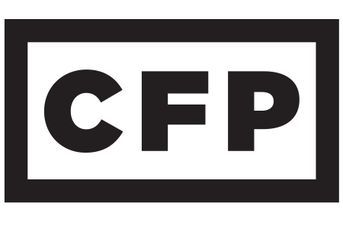Trump’s tax blueprint opaque on fate of deferrals for retirement savings
Be glad we've got something to chew on, but don't cheer too loudly, too quickly.
A faint cheer could be heard all over the nation from financial advisers who structure their businesses as pass-through entities when the Republican tax-reform framework was released last Wednesday. For the highest-income advisers, it would mean the taxes on their income would drop from a marginal tax rate of 39.6% to 25%. That certainly is reason to cheer.
But don’t get too excited, too fast.
Many questions remain, and a whole lot of negotiating is yet to come. For one thing, we still don’t know how the committees who will be slicing and dicing this framework into an actual bill will decide to “pay for” these cuts. An early estimate from the nonpartisan Committee for a Responsible Federal Budget — based on the scant blueprint — pins its cost at $2.2 trillion over 10 years ($2.7 trillion including interest costs, or 101% of GDP). Senate Republicans included a $1.5 trillion tax cut into their recent budget, and are relying on economic growth to cover it, while some in the House want any deficit impact to be neutral.
So there’s a gap that lawmakers will certainly look to close, and that’s what has the InvestmentNews editorial board concerned.
One source of alarm for the advice industry before the framework came out was the seemingly growing attention by lawmakers to the “cost” of individuals deferring a portion of their income pre-tax into retirement accounts.
Incentives for such retirement savings cost the government $158 billion in revenue in 2015, according to the Tax Policy Center.
Language in last Wednesday’s framework around retirement savings (lumped in with work and higher-education benefits) included the goal to “simplify these benefits to improve their efficiency and effectiveness.” That could mean very different things in the hands of the many different legislators who will be hammering out a deal that must consider revenues.
While InvestmentNews senior reporter Mark Schoeff Jr.’s story last week on potential Rothification of retirement accounts (requiring individuals to pay taxes up front) indicated legislators may be moving away from this tactic, many in the industry are not letting up the pressure to keep this critical incentive to save for retirement. Middle-income people in particular need to see “payback” in the form of a lower overall tax bill to encourage any significant allocation that dips into their take-home pay. Roths just don’t cut it for everyone, especially if we add the very real impact of incentivized behavioral finance into the equation.
Mixed bag
The rest of the plan is a mixed bag of proposed changes that will likely benefit or pinch many of your wealthier clients. An alternative minimum tax repeal would be very welcome to many, whereas the repeal of the state and local tax deduction would hit folks in this demographic hard. A doubling of the standard deduction sounds promising, but the framework also repeals the highly valuable personal and dependent exemptions.
The blueprint proposes cutting the top individual income tax rate to 35%, but doesn’t say which income levels would fit into the three new brackets. And it leaves the door open for Congress to decide whether to create a higher bracket for top income earners.
The framework seeks to kill the estate and generation-skipping tax, but doesn’t say a thing about tax basis at death — or mention reform plans for capital gains taxes.
Any changes will be detailed in the coming tax bills, and surely they will look very different than the nine-page primer unveiled last week. Even one of the Big Six members who helped put the framework together, Sen. Orrin Hatch, R-Utah, said his Senate Finance Committee would not be a “rubber stamp” for anyone.
So, be glad we’ve got something to chew on, but don’t cheer too loudly, too quickly. Stay informed as the process unfolds and we get closer to knowing how any reforms will affect real people’s wealth, so you can be an engaged citizen and the informed adviser your clients depend on.
Learn more about reprints and licensing for this article.








